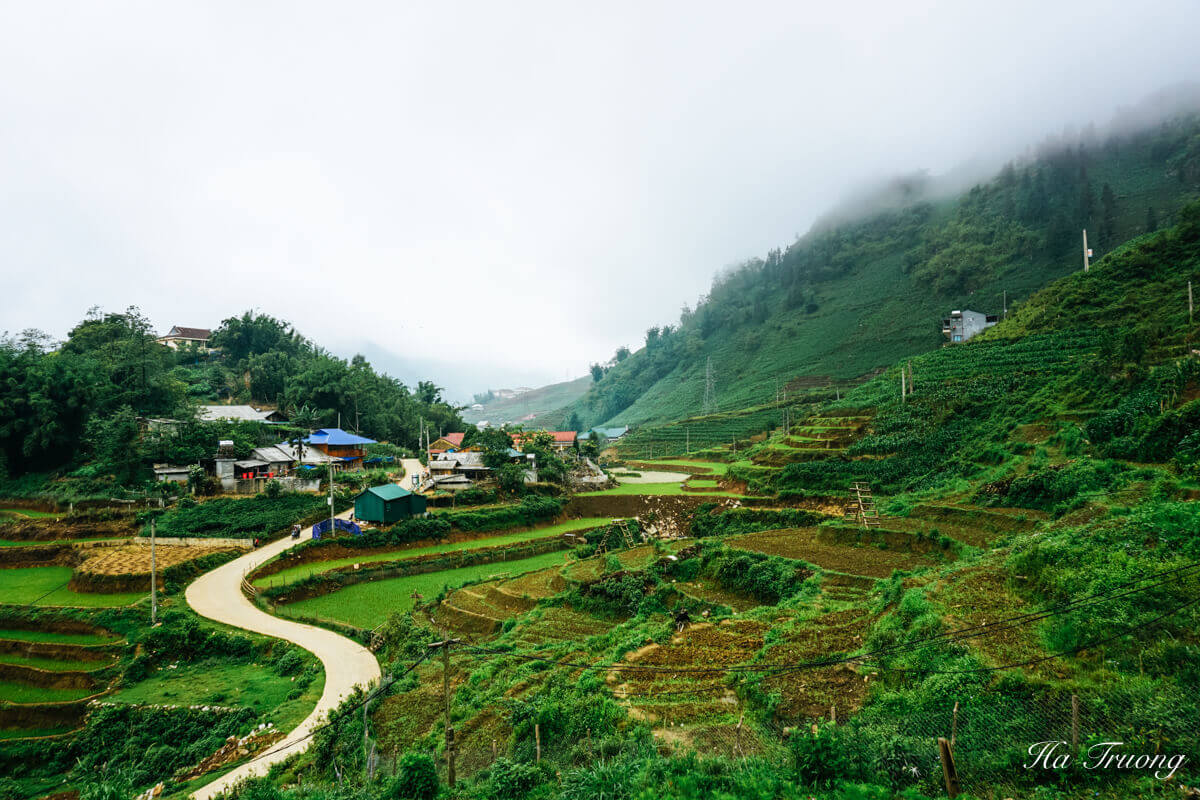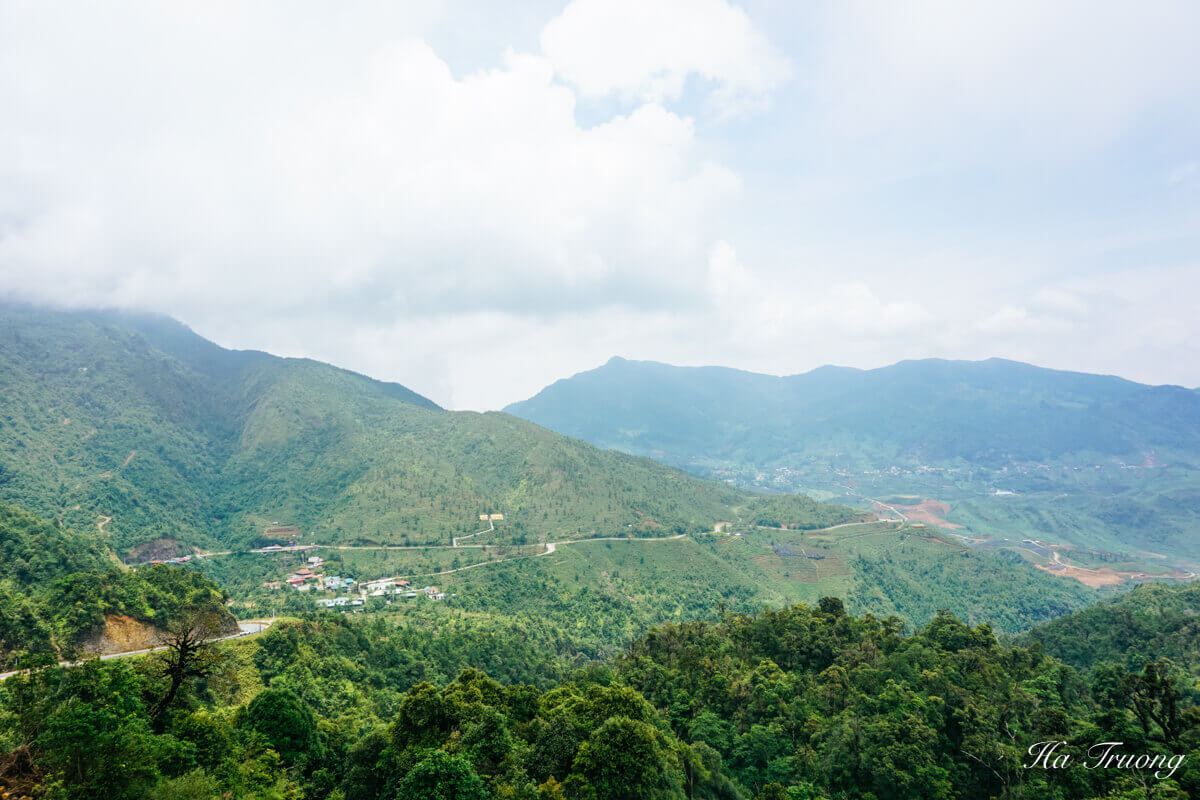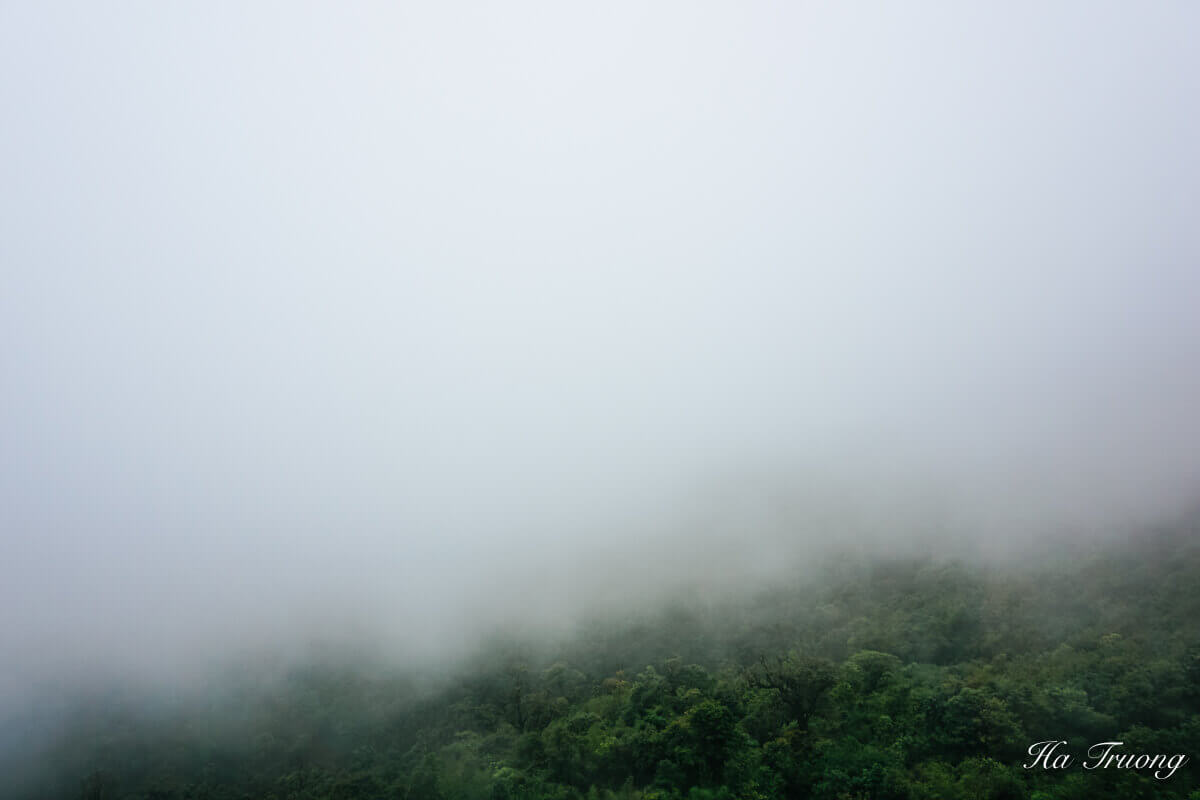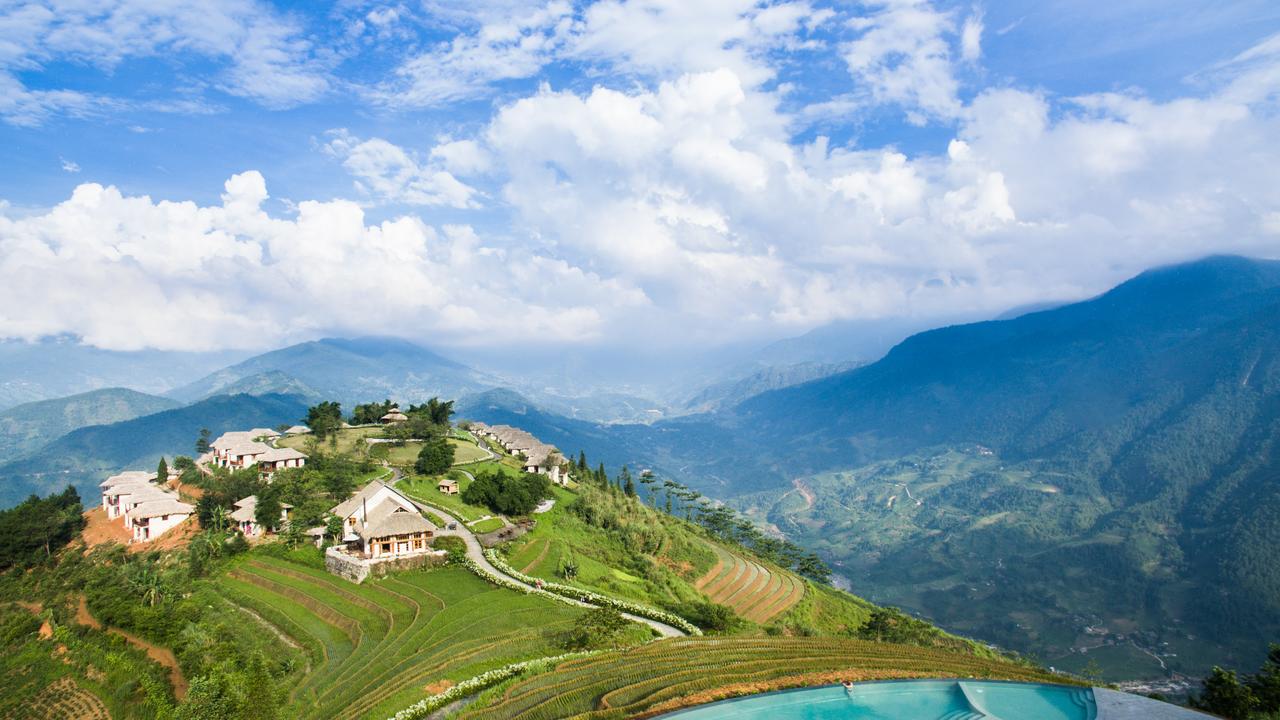3 Days In Sapa Vietnam: Itinerary & Tips | Expatolife
Sapa is famous for stunning scenery and beautiful villages with impressive rice paddy fields and ethnic cultures. One can spend more than a week here and still have plenty of things to discover. While 3 days are pretty short, you can have a quick glimpse of this Northern town.
In this itinerary, I share my suggested things to do for 3 days in Sapa and tips to make the best of your trip.
 View of Muong Hoa valley, Sapa, Vietnam.
View of Muong Hoa valley, Sapa, Vietnam.
Mục Lục
Day 1: Hanoi – Cat Cat village – O Quy Ho Pass
You can take a train or bus to Sapa from Hanoi and arrive at about 5 am. After checking in your hotel and having breakfast, it’s time for exploring!
Morning: Cat Cat village
Located about 3 km from Sapa town, Cat Cat village is an ethnic village of the H’Mong people.
This village was formed in the middle of the 19th century, and you can see traditional crafts such as growing cotton and weaving cloth here.
On our trek from Sapa to Cat Cat village, I was impressed with the picturesque scenery. The mountains, the fog, and the beautiful houses painted a stunning picture.

At the beginning of the village, there are many places to rent ethnic clothes. If you want to try on the clothes and take pictures, you can rent them for 50,000 VND ($2)/ set.
There are many things to do and see in the village, such as the ethnic dance performance, the waterfall, and the Si bridge crossing the stream.
After exploring the village, you can return to Sapa town to eat and then rest for the afternoon.
Read more: I’ve written a detailed guide for O Quy Ho Pass. You can check it to plan your trip there.
Afternoon: O Quy Ho Pass
In the afternoon, you can visit O Quy Ho, one of the most impressive passes in Vietnam’s northwestern area.
From the center of Sapa town, go about 12km to reach the Silver Waterfall. In the rainy season, this waterfall has beautiful white flowing water.
The ticket to the silver waterfall costs 20,000 VND ($1)/person.
Still, you continue about 12km more on the same road, and you will reach O Quy Ho pass.
Riding along this pass, you will be impressed with the vast sky, floating clouds, and majestic mountain view.
 With an altitude above 2000m, O Quy Ho Pass is a famous destination for adventurous travelers.
With an altitude above 2000m, O Quy Ho Pass is a famous destination for adventurous travelers. O Quy Ho peak.
O Quy Ho peak.
Read more: I’ve written a detailed guide for O Quy Ho Pass. You can check it to plan your trip there.
Evening: Discover Sapa cuisine
You can find lots of delicious barbecue shops in Sapa town. Also, you can try Sturgeon and Salmon hotpot, a Sapa specialty.
Day 2: Ta Phin – Lao Chai – Ta Van village
On the second day of your Sapa itinerary, visiting the ethnic villages would be a good idea.
Morning: Ta Phin village & Ancient monastery
Ta Phin
Ta Phin village is the main living area of the Dao ethnic group, where the traditional craft of brocade weaving is still preserved and promoted.
The textile products here are very diverse in types, with unique textures and meticulousness in each line.
Walking around the village, you can easily see on the backs of locals who always have baskets of leaves.
You can try the Red Dao leaf bathing experience here. Soaking in a wooden bath with precious herbs, you will feel refreshed and relaxed.

Ta Phin cave
At the end of the village is a mysterious cave. You can rent the light from the kids and explore the cave.
French monastery
After visiting Ta Phin village, I recommend stopping by the ancient monastery located 3km from the town.
The building was built during the French colonial period. Currently, this place is abandoned and is covered in moss, creating a mysterious look.
Afternoon: Lao Chai – Ta Van village
In the afternoon, head to Lao Chai and Ta Van village.
Both of these villages are close to each other, so you can trek from Lao Chai village to Ta Van and see the typical terraced fields of the Northwest mountains.
The best time to come here is from April – May or September to mid-September.
In May, the rice paddy fields are covered in lush green colors, while the whole village will be painted with rich yellow colors and rice aroma if it’s September.

Read more: Check my Lao Chai – Ta Van guide to plan your trip.
Day 3: Fansipan cable car
Located at an altitude of 3,143m, Fansipan is the highest peak in Vietnam and the Indochina peninsula. It’s often referred to as the roof of Indochina.
Muong Hoa mountain train
You can take the Muong Hoa mountain train from Sapa town. With a total length of 1.7km, it connects Sapa Station with Hoang Lien Station (the departure station of Fansipan cable car).
The train will take you through the largest rose valley in Vietnam (Muong Hoa valley).
The mountain ticket costs 100,000 VND / way.
Fansipan cable car
From Hoang Lien station, you’ll get on a 15-minute cable car trip to reach the roof of Indochina.
Sitting in the cable car cabin, you can admire the entire Northwest nature with the rich and diverse vegetation of the Hoang Lien Son mountain range as well as the beauty of Muong Hoa valley.
The round-trip ticket price is 750,000 VND/adult and 550,000 VND/ child.
 Fansipan station Sapa Vietnam.
Fansipan station Sapa Vietnam.
Fansipan mountain train
After getting off the cable car, you need to climb about 600 steps to reach the top. The path is convenient and easy to walk, and there are many seats to rest.
If you don’t want to climb the steps, you can buy a round-trip mountain train ticket for 70,000 VND / one way.
Fansipan mountain train has only one cabin with a maximum capacity of 60 tourists. From Do Quyen station, the train will take you through the underground tunnel at the foot of the Buddha statue, following the mountain top in an arc to reach Truc May station, 50 stone steps from Fansipan peak.
Standing on the top of the mountain, you can enjoy a panoramic view of majestic and beautiful scenery that nature bestows on the Northwest land.
Around noon, you can return to Sapa town to eat, rest, then depart for Hanoi.
Plan your trip to Sapa
Getting from Hanoi to Sapa
The distance between Hanoi to Sapa is 235 km, and you can travel by train or bus. I took both, and I prefer the train more.
Vietnam Railways offer daily trains from Hanoi to Sapa. I recommend getting the night train so you can save time and get to Sapa in the early morning.
When arriving at Lao Cai station, you continue by bus to Sapa for 50,000 VND / turn.
On weekdays, you only need to book train tickets 2-3 days in advance. However, I recommend buying Sapa train tickets one month in advance on weekends and holidays.
Read more: Check my transportation guide from Hanoi to Sapa for more information.
Getting around Sapa
You can rent a motorbike in Sapa town at 150,000 to 200,000 VND ($7 – $10) per day.
Make sure to check the bike breaks carefully before departure, as the roads in Sapa and surrounding areas are very hilly.
Otherwise, you can also take a taxi to get around town. Please know that taxi price doesn’t calculate per km due to steep roads.
The prices to get around town and Cat Cat village are around 50,000 VND. To reach nearby villages, expect to pay about 100,000 VND.
You should always negotiate the price first before getting in the taxi.
Best places to stay in Sapa
Sapa has many hotels, motels, and homestays, from affordable to high-class, with diverse prices, catering to visitors’ needs and preferences.
A hotel room in Sapa usually costs from 300,000 VND ($15) or more.
For a relaxing and memorable stay, I highly recommend Topas Ecolodge.

Sapa travel tips
- Some Sapa specialties that you can buy are herbal tea, rose tea, Northwest spices, and buffalo meat.
- In Cat Cat village, you should limit buying souvenirs from street vendors because the price is usually relatively high compared to Sapa Market. Also, the quality is not very guaranteed.
- Please don’t give money, candy, or gifts to ethnic children because they may drop out of school and start begging tourists.
- You should have special trekking shoes and pack warm clothes with high water resistance if you plan trekking.
- Bring essential medicines such as anti-flu, paracetamol, or digestive medicine on your trip.















![Toni Kroos là ai? [ sự thật về tiểu sử đầy đủ Toni Kroos ]](https://evbn.org/wp-content/uploads/New-Project-6635-1671934592.jpg)


